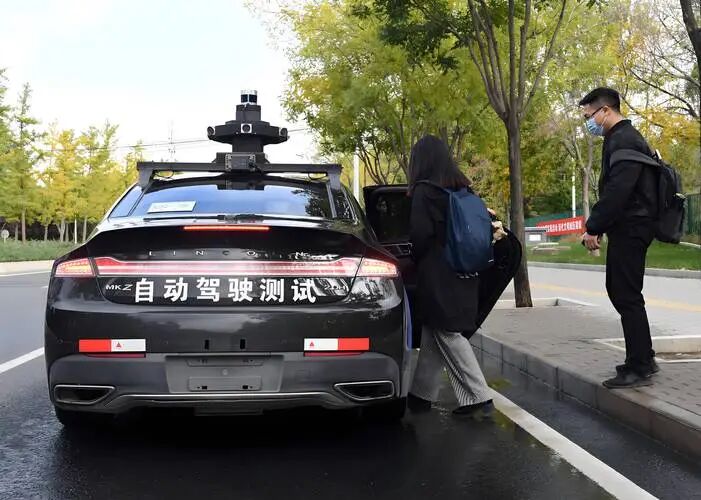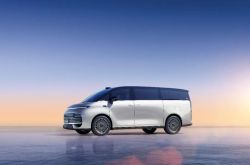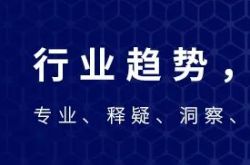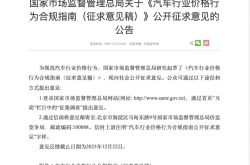China Society of Automotive Engineers Unveils Timeline: All-Solid-State Batteries and L4 Autonomous Driving Set for Widespread Adoption, with Full-Scale Rollout of L4 Intelligent Connected Vehicles by
![]() 10/27 2025
10/27 2025
![]() 597
597
Introduction
On October 24, 2025, the China Society of Automotive Engineers unveiled the "Energy-Saving and New Energy Vehicle Technology Roadmap 3.0," charting a definitive course for the future evolution of automotive technologies.
This roadmap not only delineates the anticipated adoption timelines for all-solid-state batteries and L4 autonomous driving but also encompasses the future trajectories of various pivotal sectors, including new energy vehicles and intelligent connected vehicles.
I. All-Solid-State Batteries: Limited Deployment by 2030, Worldwide Adoption by 2035
As a cornerstone technology for new energy vehicles, the advancement of all-solid-state batteries has drawn considerable interest.
According to the "Energy-Saving and New Energy Vehicle Technology Roadmap 3.0," all-solid-state batteries are projected to achieve limited deployment by 2030 and are expected to undergo extensive global adoption by 2035.
The proliferation of this technology will substantially elevate battery performance, reduce costs, and enhance environmental adaptability, aligning more closely with consumer demands.
The widespread adoption of all-solid-state batteries will not only propel the further advancement of new energy vehicles but also usher in revolutionary transformations across the entire energy storage sector.
II. L4 Autonomous Driving: Universal Adoption by 2040, Market Introduction of L5
The development of intelligent connected vehicles is equally noteworthy.
The roadmap indicates that by 2040, L4 intelligent connected vehicles will achieve universal adoption, and L5 intelligent connected vehicles will commence their market introduction.
This implies that within the next decade, we can anticipate widespread access to highly automated driving services in our daily lives.

The widespread adoption of L4 autonomous driving will markedly enhance traffic efficiency, diminish accidents caused by human driving errors, and offer greater convenience to individuals with mobility impairments.
The emergence of L5 autonomous driving will fundamentally transform our travel habits, achieving true driverless operation.
III. The Future of Internal Combustion Engines: Complete Hybridization of Traditional Energy Passenger Vehicles
Despite the rapid strides made by new energy vehicles, internal combustion engines will continue to hold significant sway for the foreseeable future.
The roadmap predicts that by 2035, traditional energy passenger vehicles will achieve complete hybridization.
By 2040, the sales of passenger vehicles equipped with internal combustion engines (such as HEVs, PHEVs, and REEVs) will still constitute roughly one-third of new passenger vehicle sales.
This suggests that internal combustion engine technology will coexist with new energy technologies in the future, collectively driving the automotive industry's progress.
IV. New Energy Vehicles Emerging as Market Dominants
Over the next 5-15 years, new energy vehicles are poised to become the mainstream offerings in the automotive market.
By 2040, the penetration rate of new energy passenger vehicles will surpass 85%, with battery electric vehicles (BEVs) accounting for 80%.
This trend not only underscores the growing acceptance of new energy vehicles among consumers but also reflects the global pursuit of environmental protection and sustainable development.
The application scenarios for new energy commercial vehicles will also expand from current urban and short-distance contexts to medium- and long-distance scenarios, further accelerating the widespread adoption of new energy technologies.
V. Development Goals for the Automotive Industry by 2040
The "Energy-Saving and New Energy Vehicle Technology Roadmap 3.0" also outlines development goals for China's automotive industry by 2040.
These goals encompass developing a transportation system centered around intelligent connected new energy vehicles, aiming for "zero accidents, zero casualties, and high efficiency";
achieving a new energy vehicle penetration rate exceeding 80%, expediting the full electrification process of the automotive industry;
and establishing a mature and robust ecosystem for vehicle-road-cloud integrated intelligent connected vehicle infrastructure, as well as attaining large-scale application of high-level autonomous driving vehicle products.
The realization of these goals will enhance China's automotive industry's global competitiveness and provide society with safer, more efficient, and environmentally friendly travel experiences.
Conclusion
The WeChat official account "Driverless Car Is Coming" posits that the release of the "Energy-Saving and New Energy Vehicle Technology Roadmap 3.0" has painted a promising future transportation landscape for us. The clarification of the adoption timelines for all-solid-state batteries and L4 autonomous driving not only provides a clear direction for the development of related industries but also instills greater anticipation among consumers. What are your thoughts, dear readers?
#DriverlessCarIsComing #Driverless #AutonomousDriving #DriverlessVehicle






